A Guide to Hispanic Christmas Traditions
Inside: Christmas in Spanish: resources and activities for learning Christmas traditions across the Hispanic world.
The first time I spent Christmas in the Peruvian jungle, I had a hard time adjusting. December had always brought such specific sensations to me: I missed my real greenery and the coziness of winter.
In Peru, of course, it was hot and Christmas Eve was a bit of a shocker too. Midnight dinner and fireworks? Loud music and dancing?
I’ve come around now, of course. (And who are we kidding, I hate winter and complain about it every day, starting January 2nd.)
I still try to recreate that softness for my children, and fill the house with smells of cinnamon and evergreen all December long. But, we also jump into the traditions here, stuffing ourselves with plenty of panetón along the way.
After all, Latinx communities share many of the exact traditions I grew up with:
- Christmas Decorations with Lights, Decorations, and
- Christmas Carols
- Nativity Sets and Scenes
- Gift-Exchanging (and Santa Claus)
- Church Services
- Lots of food, and lots of treats!
In this post, I’ll share fascinating traditions you’ve maybe never heard of. But I think you’ll quickly see the common threads we share: family, food, music, lights, and a day children look forward to all year.
Contents:
- 10 Famous Hispanic Christmas Traditions
- Christmas Traditions by Different Countries
- Free Spanish Learning Resources

Related: Spanish Christmas Activities, a HUGE source of videos, books, music, printables, and lesson ideas.
Hispanic Christmas Traditions
Christmas has deep roots across the Spanish-speaking world. With populations that largely identify as Catholic or Protestant, you’ll find it’s one the biggest holidays of the year in Spain and in Latin America.
Here are some of the most common and interesting traditions!
1. Nochebuena
In most Spanish-speaking countries, Nochebuena (Christmas Eve) is the center celebration.
It’s rooted in the tradition of midnight masses, sometimes known as La Misa del Gallo (The Rooster Mass). Many families gather for this night service of prayer, scripture, and singing, either exactly at midnight or -these days– a few hours before.
This is often followed by sharing a large meal. At midnight, children are allowed to open their presents (some families say they are from Santa, or Papá Noel, and other say from Baby Jesus). Many families all exchange hugs at this hour and wish each other a Merry Christas. Some places shoot off fireworks, with people dancing and celebrating until the next morning.
By Christmas Day, everyone is usually tired. It tends to be a quiet day, resting and eating leftovers from the feast the night before.
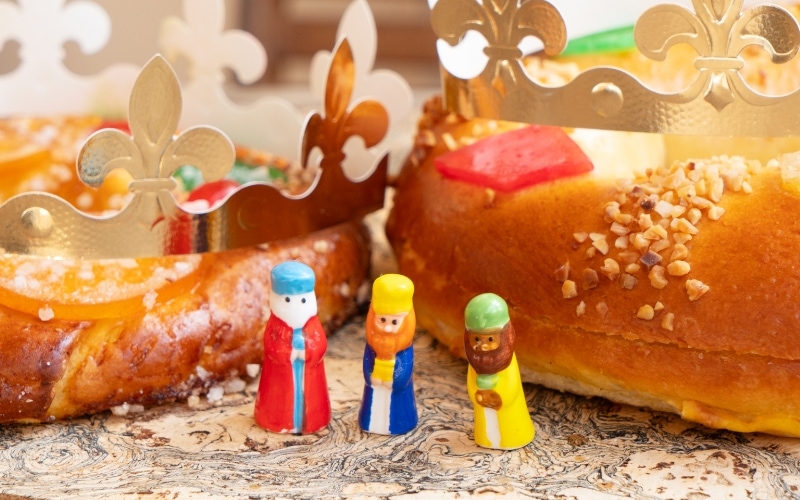
2. Los Reyes Magos
Los Reyes Magos, or Three Kings’ Day, is another important Hispanic Christmas tradition in many places.
It’s observed on Epiphany, January 6th, to remember the arrival of the three wise men, bearing gifts to honor the birth of Jesus. Mexico, Spain, Guatemala, Puerto Rico, Venezuela, Argentina, are just a few of the countries that celebrate this day.
According to this tradition, children leave their shoes out before going to bed. During the night of January 5th, Los Reyes Magos visit and leave gifts for the children. (So yes, many children get presents on both December 25th and January 6th!)
- The children leave out shoes instead of stockings.
- The Wise Men arrive on camels, Santa uses reindeer.
- Children leave out sweets for the kings and hay for the camels.
- Children may write letters to the The Three Wise Men to ask for specific gifts as well.
- Gift-giving during Christmas has religious roots: the original Reyes Magos brought gifts to the baby Jesus, and St. Nicholas was thought to devote himself to charity and giving gifts to the poor.
- Papá Noel and the Three Wise Kings are eternal and magical. (Some say that Jesus loved the gifts so much that he granted them eternal life and the miracle to bring gifts all the children.)
- The children leave out shoes instead of stockings.
- The Wise Men arrive on camels, Santa uses reindeer.
- Children leave out sweets for the kings and hay for the camels.
- Children may write letters to the The Three Wise Men to ask for specific gifts as well.
- Gift-giving during Christmas has religious roots: the original Reyes Magos brought gifts to the baby Jesus, and St. Nicholas was thought to devote himself to charity and giving gifts to the poor.
- Papá Noel and the Three Wise Kings are eternal and magical. (Some say that Jesus loved the gifts so much that he granted them eternal life and the miracle to bring gifts all the children.)
3. Christmas Carols
Villiancicos is the Spanish term for Christmas carols. There is a long history behind the hundreds of Spanish carols that are meant to be catchy, joyful reminders of the Christmas story.
Today, villancicos are heard the month of December and into January. Here are the top ten most-played Spanish carols (from YouTube). Some were originally written in Spanish, and some are translations into Spanish.
- Mi Burrito Sabanero
- Campana Sobre Campana
- El Reno Rudolfo (Rudolph the Red-Nosed Reindeer)
- Los Peces en el Río
- Feliz Navidad
- El Niño del Tambor (Little Drummer Boy)
- Blanca Navidad (White Christmas)
- Arre, Borriquito
- Cascabel, Cascabel (Jingle Bells)
- Noche de Paz (Silent Night)
See a more complete list of 25 famous Christmas songs in Spanish here.
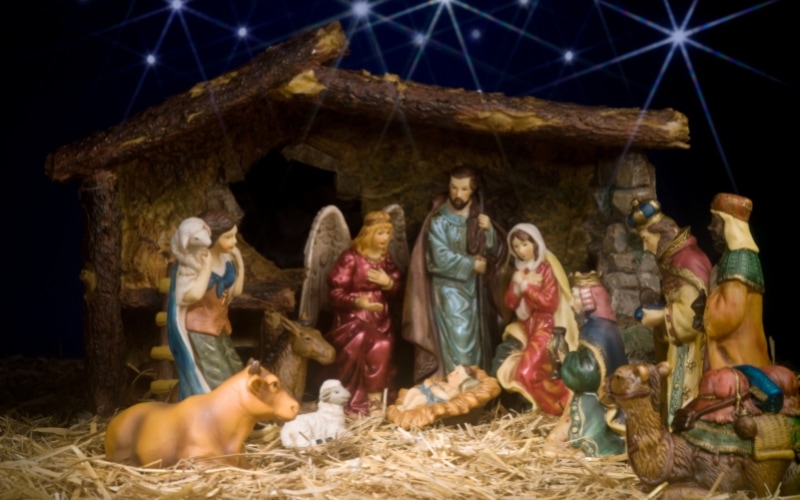
4. Traditional Decorations
Decorations among Latinx communities are very common, throughout the entire Christmas season. Most places decorate with lights and elements like greenery, candles, and Christmas trees, with images of snow and Santa Claus (Papá Noel).
The most iconic decorations are the nativity scenes, known as nacimientos or sometimes El Portal de Belén. They range from miniature porcelain sets to larger scenes set up in city plazas. El niño Jesus (the baby Jesus) is not placed in the nativity until the clock strikes midnight on December 25th.
5. Traditional Foods
What foods families share vary a lot from place to place, of course!
On Nochebuena, these meals are common:
- Tamales
- Roast Pig
- Pork
- Roast Turkey
- Arroz Navideño (“Christmas Rice,”)
These are popular Christmas sweets as well:
- Roscón de Reyes (a sweet bread in the shape of a circle, served on Three Kings’ Day and decorated with fruits and nuts)
- Panetón
- Hot Chocolate (schools often hold a chocolatada for kids, a Christmas party with Hot Chocolate)
- Turrones (chocolate)
- Pan de Pascua
- Ponce de Rum (similar to eggnog with rum)
6. Las Posadas
Las Posadas is celebrated from December 16th to December 24th, and is a reenactment of the journey of Jesus’ family to Bethlehem, as they looked for an inn or place to stay. It
Each night, one group of people sets up a welcoming party in a specific home. The other is led by a procession of children dressed as the Mary, Joseph, shepherds, wisemen, and angels, and pilgrims, who walk down the street and knock on doors.
If there is “no room,” the group sings a carol and/or recites a scripture passage, and moves on to the next house (sometimes, though, the house gives them a treat to eat or drink).
When they arrive to the correct home, they are welcomed by a party with music, food, and sometimes fireworks! Kids break open star-shaped piñatas filled with treats.
This tradition is most well-known in Mexico, but has been part of Christmas celebrations in Ecuador, Nicaragua, and. It’s also called La Novena, referring to the nine days of countdown to Christmas Eve.

More Hispanic Christmas Traditions
These are celebrated in some countries:
1. La Gritería (Nicaragua)
Special to Nicaragua, this one happens on December 7th. At 6pm, a yell goes out from all the cathedrals: Who causes all this joy? After that, an explosion of fireworks and firecrackers goes out. This happens again at midnight!
“During ‘La Gritería’ Virgin Mary is also venerated. It is a celebration used by people to thank the virgin for miracles and it takes place before the official day. Faithful people decorate altars in their houses in a place were it can be seen from the street. In some neighborhoods you can find more than three altars in just one block.”
– 8 December Traditions in Nicaragua
2. El Gordo (Spain)
This is a national lottery in Spain, with the winners announced on December 22nd. A huge percentage of Spanish citizens buy lottery tickets, and the amount is divided between ten winners.
3. El Día de las Velitas (Colombia)
El Día de las Velitas is celebrated on December 7th, when people parade through the streets with candles and lanterns. It’s an all-night vigil to observe the Day of the Immaculate Conception of the Virgin Mary, as proclaimed by Pope Puis IX in 1854.
4. El Día De los Santos Inocentes
Celebrated on December 28th, this day is loosely related to Christmas. It marks a grim story from the Bible after Jesus’ birth, when King Herod heard about the birth of a new “king” from the visiting Wisemen. Herod ordered all male children born around that time in Bethlehem to be killed, but Jesus’ family escaped to Egypt in time to save him.
The name of the day refers to “innocent Saints,” and despite the sad origins, it’s now a day of jokes and pranks. It’s common for newspapers and TV news stations to do jokes, and among children as well.
Some countries like Mexico, Venezuela, and El Salvador still have religious services to mark the origins of the day, and playing pranks varies among different communities.
5. El Caga TIÓ (Spain)
El Caga Tió is technically a Catalan tradition, and buckle up for this one: a log is dressed up to be El Tió Nadal, in a red hat with a painted face. He’s fed treats and scraps of food for several weeks as the countdown to Christmas begins. On Christmas Eve, kids hit him with sticks and sing a song (telling him to poop)… and he poops out a nice chocolate log, treats, and gifts for the children.
CHRISTMAS IN SPANISH-SPEAKING COUNTRIES
As this video shows, there are many differences in traditions and customs between countries:
CHRISTMAS IN SPANISH-SPEAKING COUNTRIES
Christmas Traditions in Latin America (as mentioned in some comments below the video, “Santa” in Peru is known as “Papá Noel”):
As this video shows, there are many differences in traditions and customs between countries:

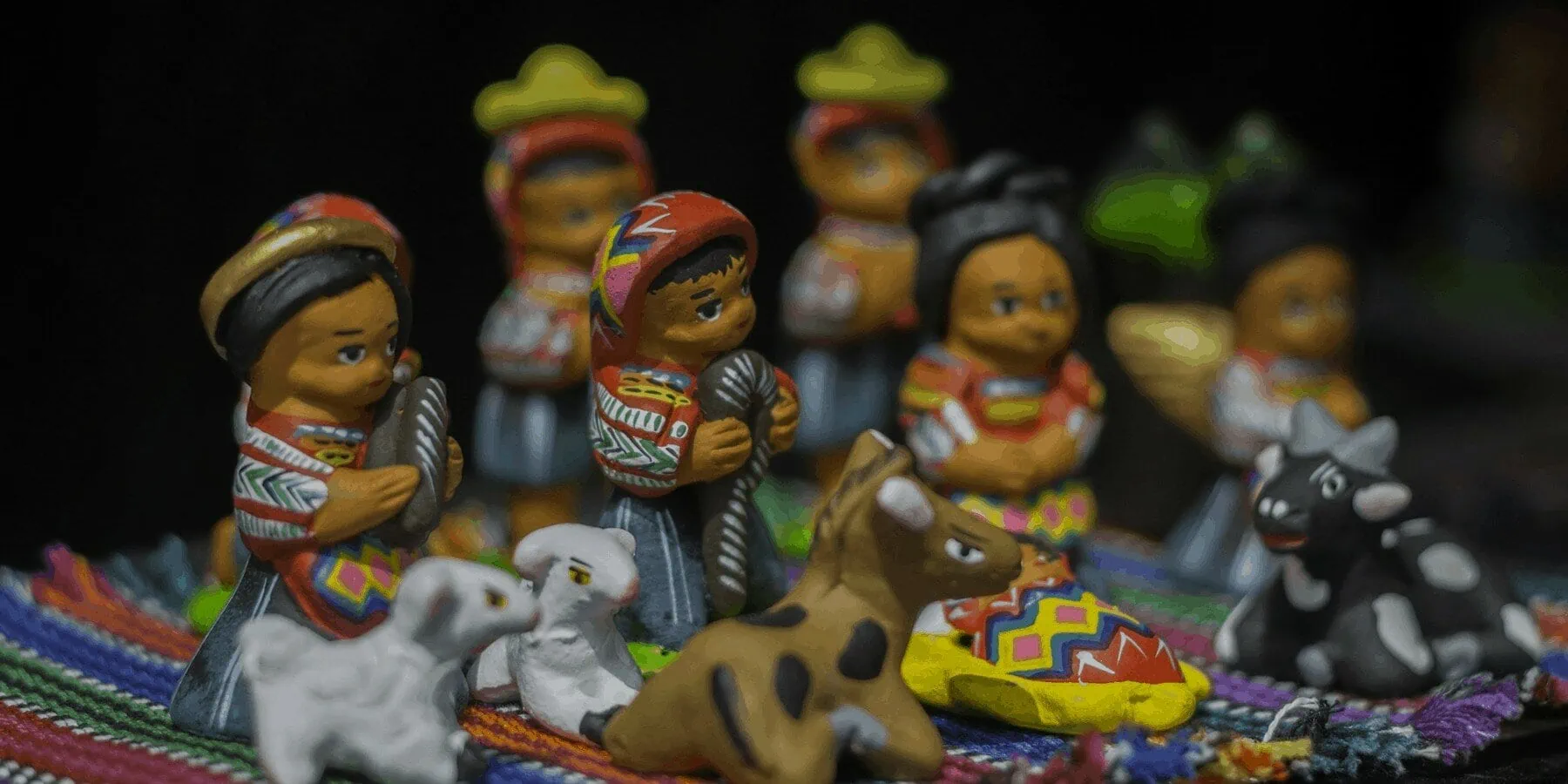
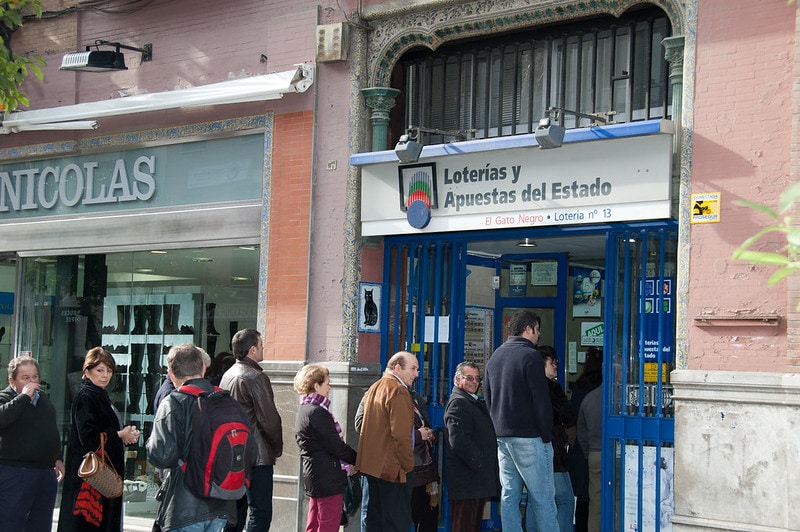
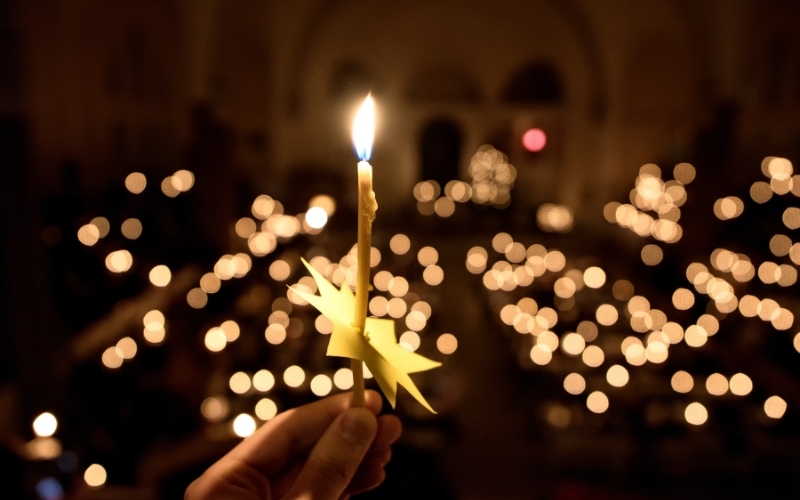
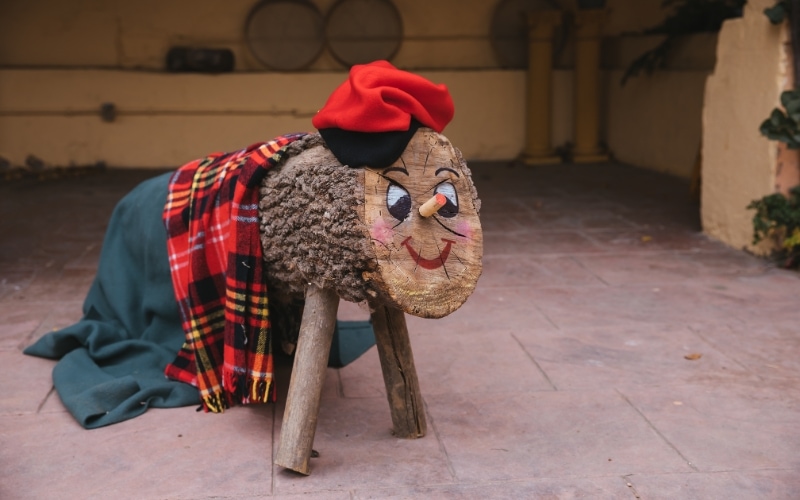


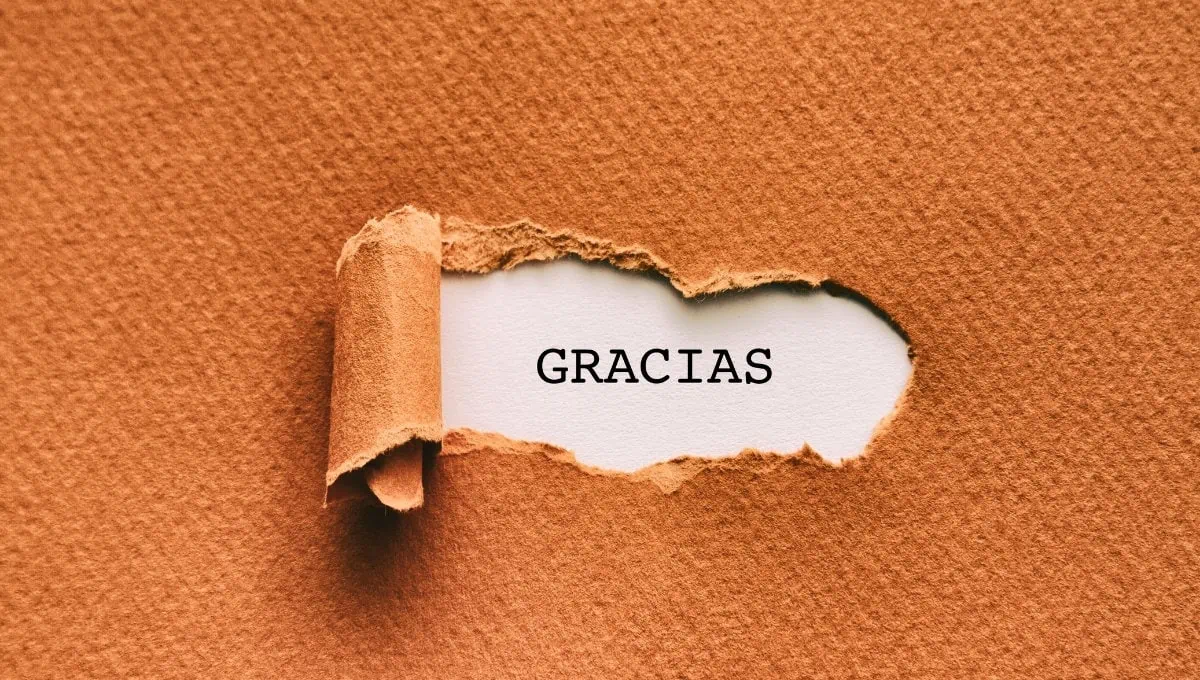
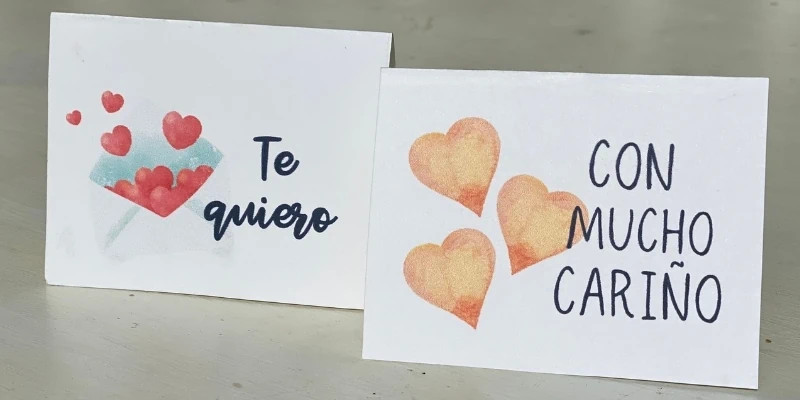
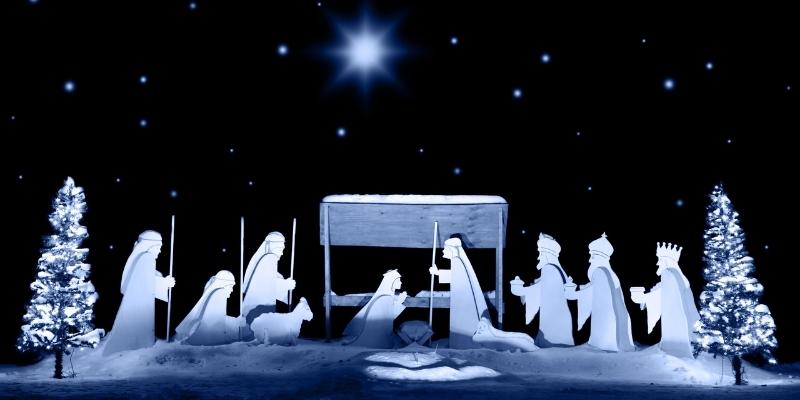
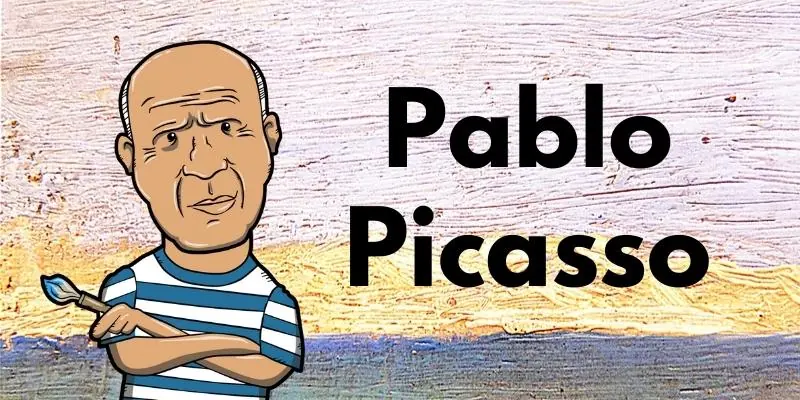
Muchas gracias for including us in you Christmas round up.
We cannot wait to learn about the traditions in all the other Spanish speaking countries.
Felices fiestas desde España😍
¡Gracias! Thank you for contributing and I am so glad to be following Family in Spain now. This collection comes from a wonderful community of bloggers and writers!